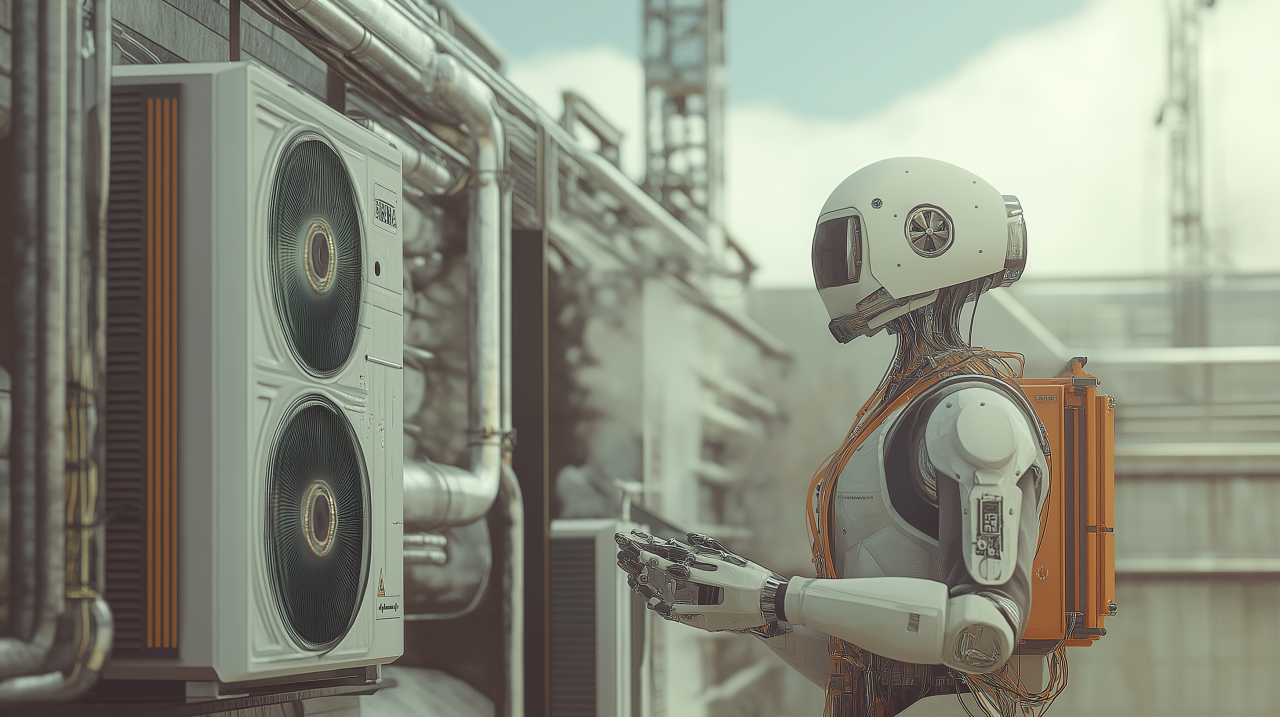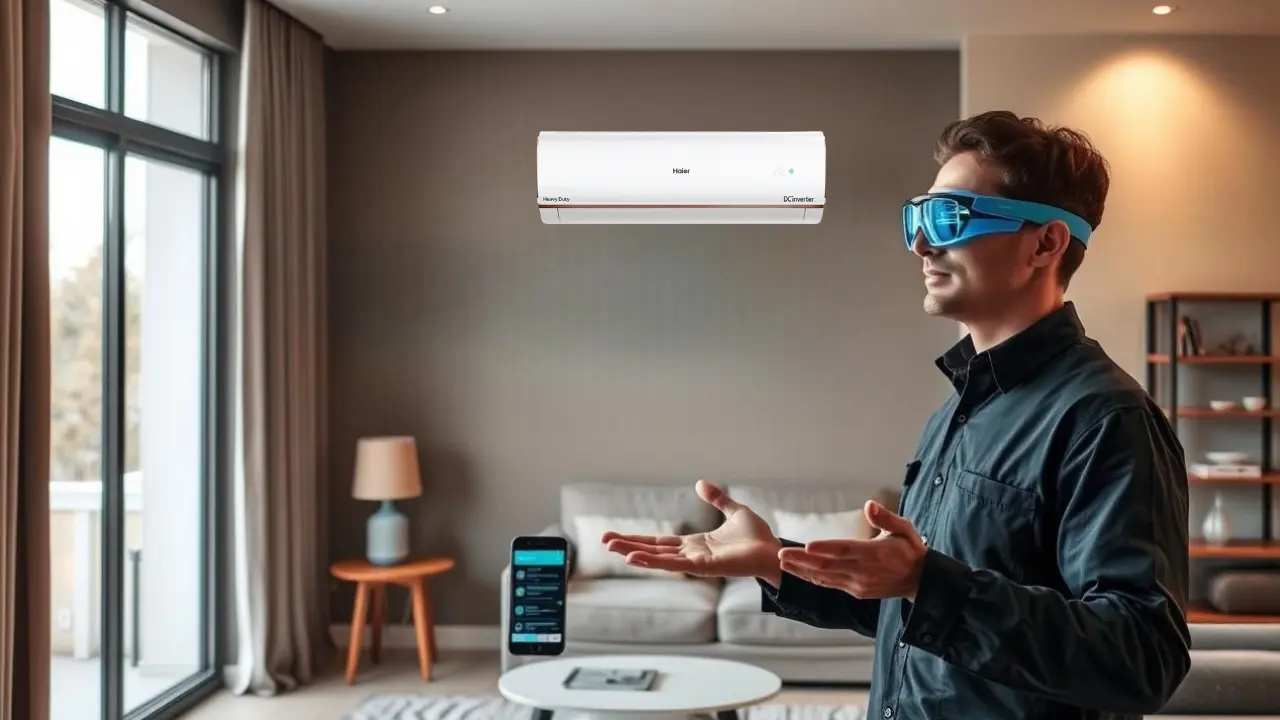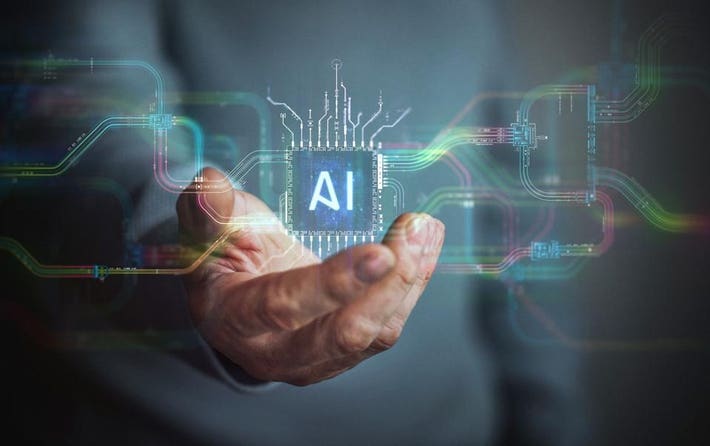In today’s fast-paced world, minimizing equipment downtime is crucial for maintaining efficiency and productivity. One of the areas where technology is making a significant impact is in Heating, Ventilation, and Air Conditioning (HVAC) systems. How AI helps reduce HVAC downtime is a question that many industry professionals are keen to understand. By integrating Artificial Intelligence (AI), companies can ensure their HVAC systems operate smoothly, reducing costly interruptions and enhancing overall performance.
Artificial Intelligence has revolutionized various industries, and the HVAC sector is no exception. By employing AI, businesses can predict potential failures before they occur, thereby significantly reducing HVAC downtime. This proactive approach not only saves money but also enhances the lifespan of the equipment. Let’s explore how AI is transforming HVAC systems and why it is essential for modern businesses.

Understanding HVAC Systems
Before delving into how AI assists in minimizing HVAC downtime, it’s essential to understand what HVAC systems entail. HVAC systems are responsible for controlling the climate within a building, ensuring a comfortable environment for occupants. They are complex systems comprising various components, including furnaces, air conditioners, thermostats, and ductwork. Given their complexity, these systems are prone to occasional failures, leading to downtime.
The Role of AI in HVAC Systems
AI plays a pivotal role in transforming traditional HVAC systems into smart systems. It allows for real-time monitoring, predictive maintenance, and efficient diagnostics, which are crucial for reducing downtime. By leveraging AI, businesses can anticipate issues before they escalate into major problems, ensuring uninterrupted operation.
Predictive Maintenance with AI
One of the most significant advantages of AI in HVAC systems is its ability to perform predictive maintenance. Traditional maintenance methods are often reactive, addressing issues after they have occurred. However, AI shifts this paradigm by predicting potential faults before they happen, allowing technicians to perform maintenance proactively. This reduces the likelihood of unexpected breakdowns and ensures that the system operates efficiently.
AI-Powered Diagnostics
AI also enhances diagnostics in HVAC systems. With AI-powered tools, technicians can quickly identify the root cause of a problem, leading to faster resolution times. This is crucial for reducing HVAC downtime as it minimizes the time required to troubleshoot and repair the system. AI’s ability to analyze vast amounts of data rapidly accelerates the diagnostic process, ensuring that issues are addressed promptly.
Benefits of AI in Reducing HVAC Downtime
The integration of AI into HVAC systems offers numerous benefits, particularly in minimizing downtime. Here are some key advantages:
Cost Savings
By reducing downtime, businesses can save significantly on repair and maintenance costs. AI’s predictive capabilities mean that potential issues are addressed before they lead to costly failures, thus reducing the need for expensive repairs.
Enhanced System Lifespan
AI ensures that HVAC systems are maintained optimally, prolonging their lifespan. By preventing frequent breakdowns, AI helps preserve the system’s components, reducing wear and tear and extending the equipment’s operational life.
Improved Energy Efficiency
AI optimizes the operation of HVAC systems, ensuring they run efficiently. This not only reduces downtime but also lowers energy consumption, resulting in cost savings and a smaller carbon footprint.
Real-World Applications of AI in HVAC Systems
Several companies have already successfully integrated AI into their HVAC systems, reaping the benefits of reduced downtime. For instance, AI-based airflow analysis techniques have been employed to enhance system performance and reliability.
Case Study: Smart Factories
Smart factories leverage AI to monitor and maintain HVAC systems, ensuring optimal performance. By employing Stroboscope technology, these factories can detect anomalies and address them before they lead to downtime, demonstrating the practical benefits of AI in reducing HVAC interruptions.
Challenges and Considerations
While AI offers numerous benefits, it’s essential to consider potential challenges when integrating it into HVAC systems. Businesses must ensure they have the necessary infrastructure and expertise to support AI implementation. Additionally, data privacy and security concerns must be addressed, as AI systems often require access to sensitive information.
Overcoming Challenges
To overcome these challenges, businesses should invest in training and education to equip their staff with the necessary skills to manage AI-driven HVAC systems. Furthermore, partnering with experienced AI solution providers can help businesses navigate potential pitfalls and ensure a successful implementation.
The Future of AI in HVAC Systems
The future of AI in HVAC systems is promising. As technology continues to evolve, we can expect even more sophisticated AI solutions that further reduce downtime and enhance system performance. The continued integration of AI will likely lead to smarter, more efficient HVAC systems that set new standards in reliability and performance.
As the HVAC industry continues to embrace AI, businesses that adopt these technologies will be better positioned to remain competitive in the market. By leveraging AI to minimize downtime, companies can enhance their operational efficiency and deliver superior service to their customers.
External Perspectives
For those interested in exploring further, an insightful review on AI in HVAC can be accessed through this ResearchGate article. It provides a comprehensive overview of how AI is transforming fault detection and diagnosis in HVAC systems.
Conclusion
In conclusion, how AI helps reduce HVAC downtime is a testament to the transformative power of technology in modern industries. By leveraging AI, businesses can ensure their HVAC systems operate smoothly, reducing costly interruptions and enhancing overall performance. As AI technology continues to advance, the potential for further improvements in HVAC system management is substantial, promising a more efficient and reliable future for businesses worldwide.

FAQs
How does AI predict HVAC failures?
AI predicts HVAC failures by analyzing data from various sensors and identifying patterns that indicate potential issues, allowing for proactive maintenance.
What are the cost benefits of AI in HVAC?
AI reduces repair and maintenance costs by predicting issues before they occur, minimizing downtime, and enhancing system efficiency.
How can businesses implement AI in HVAC systems?
Businesses can implement AI in HVAC systems by partnering with AI solution providers, investing in necessary infrastructure, and training staff to manage AI-driven systems efficiently.
This article contains affiliate links. We may earn a commission at no extra cost to you.
